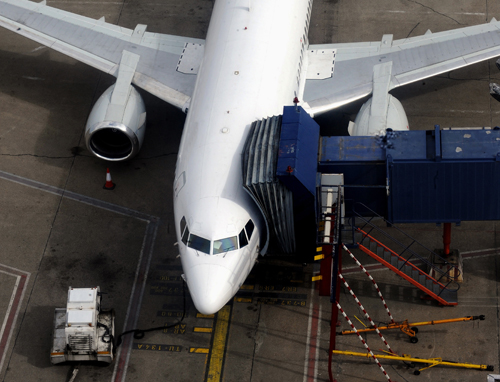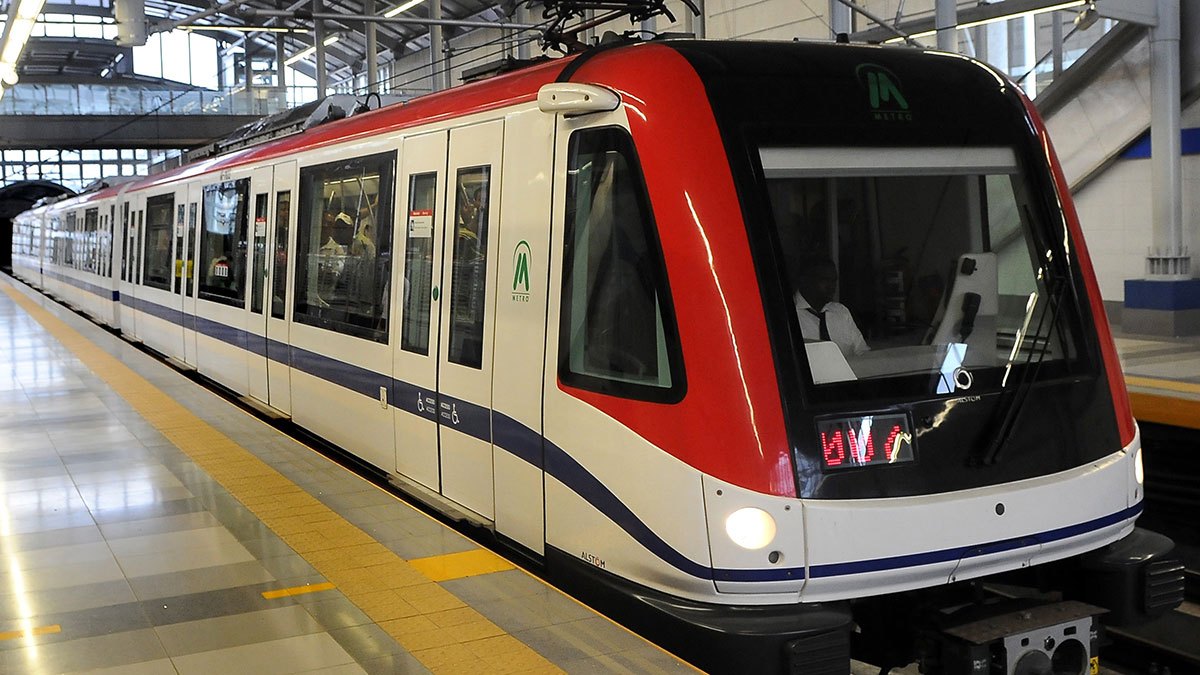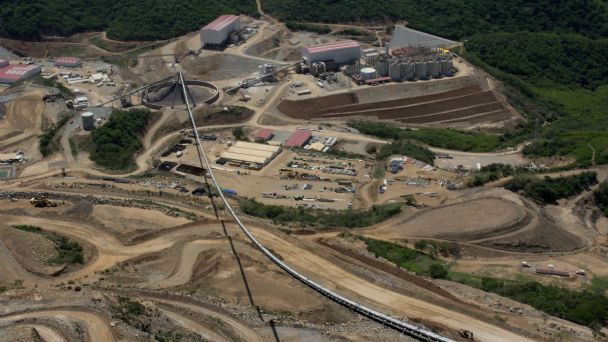
CAAZ was established on January 1, 1999 as the civil aviation agency of Zimbabwe. It took over the role of the then Department of Civil Aviation, a direct government entity, and it still operates under the control of the Ministry of Transport, but as an arm’s length statutory body, or parastatal organisation that works as a commercial organisation.
The head office of CAAZ is at Harare International Airport, from where it has oversight of eight regional airports including two international sites. These are Joshua Mqabuko Nkomo Airport, located 20 kilometres east of the second largest city in Zimbabwe Bulawayo, and Victoria Falls Airport, which serves the tourists who come in their droves to visit what is arguably Africa’s greatest natural attraction, Mosi-oa-Tunya. Victoria Falls Airport is at present open for just twelve hours a day. The existing runway is capable of handling aircraft up to B737 or A319 or equivalent, however, plans are underway to construct a new 4,000 metre runway that will allow larger aircraft to use the airport. This will mean that the Victoria Falls can be accessed directly by long haul flights from the Americas, Europe and Asia. The expansion of the airport will also include the construction of a new international terminal building and the current one will be converted into an exclusive domestic terminal.
JM Nkomo Airport is the gateway to Zimbabwe’s main industrial city. Bulawayo, with its large manufacturing base, currently regenerating. Its new terminal building, which is designed to handle 1.5 million arriving and departing passengers a year, was commissioned on the 22nd of December 2013 by the President of the Republic of Zimbabwe, Robert Mugabe.
It is no secret that Zimbabwe’s economy is struggling to recover from a difficult period of high inflation and contracting investment. It is still not an easy environment for an organisation with a large and diverse remit to establish sound commercial practices while continuing to invest in new technology and infrastructure that is needed to keep the business and tourist sectors working smoothly.
With this in mind, and to some acclaim from the public, in May 2014 the Transport minister Obert Mpofu appointed a new board to spearhead a revival of CAAZ. He tasked the new board with growing CAAZ to support the country’s five year plan for accelerated economic growth, known as the Zimbabwe Agenda for Sustainable Socio-Economic
Transformation, or Zim Asset: October 2013 - December 2018. Zim Asset aims to “achieve sustainable development and social equity anchored on indigenisation, empowerment and employment creation, which will be largely propelled by the judicious exploitation of the country’s abundant human and natural resources.”
The programme, which runs from 2013 up to 2018, has a results-based agenda built around four strategic clusters that it hopes will enable Zimbabwe to achieve economic growth and reposition the country as one of the strongest economies in the region and Africa – a position it undoubtedly has the potential to fill. The four strategic clusters are food security and nutrition; social services and poverty eradication; infrastructure and utilities; and value addition and beneficiation. Each one of these depends to some extent on good transportation infrastructure, which falls directly under the third category. However food security and bringing back into Zimbabwe more of the downstream value of its natural assets clearly require inward investment and industry development that cannot happen without efficient international airline services.
Perhaps stating the obvious – though it had to be said – Mpofu stated: “As a regulatory authority, the board also needs to ensure effective control and regulation of the operations of aircraft in and over Zimbabwe, provide air navigation services including air traffic control in Zimbabwe airspace and any areas outside Zimbabwe for which the authority, pursuant to international arrangements, is responsible for providing such services.” The new board is also expected to spearhead the unbundling of CAAZ to create an airport operations company which will take effective charge of all aviation infrastructure. This will enable the organisation to focus on its regulatory activities in line with international practices, he said.
There’s no doubt that the world’s carriers would like nothing better than to see Zimbabwe become as efficient as, say, South Africa and allow them to use Harare as a hub for their sub-Saharan routes. The ninth Route Development Forum for Africa, hosted in June this year by CAAZ, accordingly attracted no fewer than 40 airlines and more than 300 delegates. The Strategy Summit was addressed by Minister Mpofu, as well as Zimbabwe’s vice-president Mrs JTR Mujuru and two tourism ministers.
The new board of CAAZ appears to be taking Mr Mpofu’s admonitions seriously. In July it announced its intention to embark on an ambitious plan to rehabilitate all the airports and airstrips in its portfolio using a public private partnership (PPP) approach. The money that has already been spent at Victoria Falls is part of a plan to upgrade Kariba, Buffalo Range and Joshua Nkomo airports. “We are rolling out a plan which is systematic, phased and planned,” said CAAZ chief executive Mr David Chawota. Putting tourism at the top of the agenda, he added that partnership between tourism and the aviation sector was important in unlocking economic development.
The penny that has finally dropped is that connectivity is a necessity in driving economic development and growth. A case in point, Masvingo airport has been earmarked for construction of a new terminal building and runway. The province is popular with tourists because of the Great Zimbabwe ruins, which are about 30 kilometres south of the city, however, accessibility to this attraction has been affected by poor access by air due to the size of its airport. From here on in, the strategy will be to bring in tourists via the major three airports at Harare, Bulawayo and Victoria Falls and then distribute that traffic to the rest of the airports like Kariba, Masvingo and Buffalo Range.
DOWNLOAD
 CAAZ-Africa-T&L-Oct14-Bro-s.pdf
CAAZ-Africa-T&L-Oct14-Bro-s.pdf













